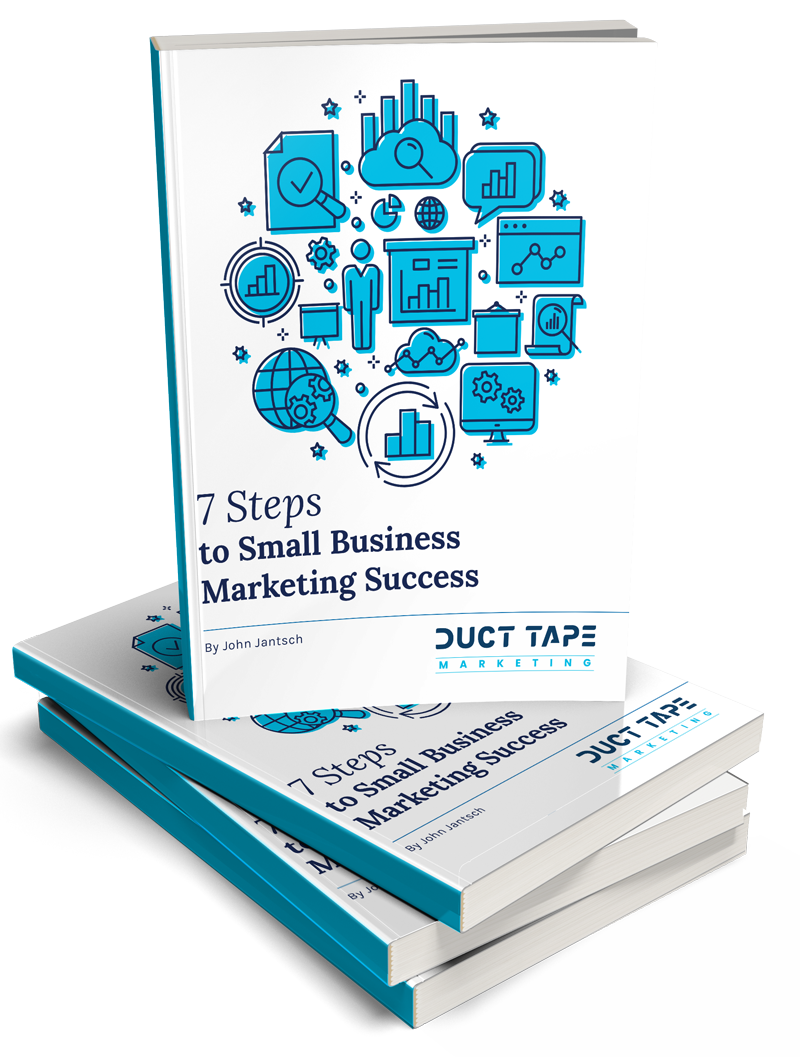It’s guest post day here at Duct Tape Marketing and today’s guest is Rohan Ayyar – Enjoy!

Inbound marketing and social media participation for brands are one of the most effective promotion tactics today. The whole world of marketing is now skewed towards “earning customers” instead of “buy, beg, or buy your way in” that outbound marketers follow, if this Inbound vs. Outbound Marketing infographic on Mashable is to be believed.
The fundamental shift in consumer behavior is certain now: individuals are in control of what information they choose to receive. Not only do they have options when it comes to brands while buying, but they can also choose who they want to hear from.
According to Mashable’s infographic, more than 84% of 25-34 year olds have abandoned their favorite website because of intrusive or irrelevant advertising. More than a whopping 86% of people skip television ads. At least 200 million Americans have registered for FTC’s “Do Not Call” list. Over 91% of email subscribers have unsubscribed from an email list they previously opted into.
Clearly, outbound marketing is having a hard time. On the other hand, inbound marketing works, but only when you go at it the right way.
Here are a few inbound marketing realities you can’t afford to neglect:
1. No one gives two hoots about your brand, product, service or whatever
This one’s hard. In fact, it’s the hardest truism about being in business today. Contrary to whatever you might think about your business, your prospective customers don’t really give a damn about you. It’s a hard pill to swallow. Does it mean all that passion, sweat, blood, and tears you put into running your business are for naught?
Customers aren’t overly concerned about you, and won’t be either, for as long as you beat your big corporate chest with your “campaigns,” you are just carrying out interruption marketing.
What the world does care about is solutions to problems. Your prospective customers are looking for solutions that can make their life better somehow, in some way. Whatever fits the bill – with respect to products and services – takes the cake.
2. Competition has no face
Once upon a time, all that a company would have to worry about – apart from producing goods and delivering services – was competition from similar companies selling similar products. Today, competition comes in new garbs everyday.
First, there’s the information overload that customers are slowly getting immune to (which means that they mastered the art of ignoring what you have to say). Second, the competition comes from smarter and leaner companies that have learnt the art of keeping customers engaged (with inbound marketing practices, of course).
If you’ve ever wondered why all that money being spent on campaigns never managed to bring in a dollar, it’s because of this competition overload. You just have a lot more to do today.
Are you ready to deal with it?
3. Marketing is the new way of giving
Capitalism was almost a result of selfishness. Ayn Rand was a staunch advocate of “self-worth” and “self-preservation.” She wrote whole tomes like Atlas Shrugged to get that point across. That was then.
Capitalism is still about making a profit. It’s just the way profits are made has changed with inbound marketing. This new line of marketing calls for “selflessness.” It calls for giving away more than you ask for. It calls for altruism, generosity, and spreading buckets of value through content, information dissemination, and relationship-building on social media.
Take whatever route you like, just make sure you give.
4. Inbound is harder than outbound
Most rookie entrepreneurs believe that since inbound marketing is relatively cheaper than traditional marketing, it ought to be easier. As they say, “Talk is cheap.” However, it’s easy to forget that work comes at a premium.
Inbound marketing is harder than traditional marketing. As a matter of fact, marketing is always hard as Drew Williams of HubSpot candidly explained. There are a whole lot of things to get used to. Businesses have to produce an unimaginable amount of content. There’s social media, there’s content (which itself stretches into blog posts, videos, podcasts, slide decks, infographics, curated content, and a whole lot more), which companies have to produce at an alarming rate.
Then there are multiple channels to tap into. Marketing itself is now a hodge-podge of tasks, departments and functions. Teams need to put their heart into all of these. They need to learn and use sophisticated tools for manifold tasks ranging from project collaboration to publishing, from web analytics to video conferencing. What’s more, they need to be effective at that, produce results and justify ROI.
How do you go about inbound marketing? What are the biggest challenges you’re facing in getting inbound leads? How do you convert these to sales? Do you have any new tactics or strategies to share?
 Rohan works at E2M solutions, a premium digital marketing firm specializing in creative content strategy, web analytics and conversion rate optimization for startups. He is an avid blogger, with posts on Search Engine Journal, Social Media Today and Moz, among other places. Rohan hangs out round the clock on Twitter @searchrook – hit him up any time for a quick Q&A.
Rohan works at E2M solutions, a premium digital marketing firm specializing in creative content strategy, web analytics and conversion rate optimization for startups. He is an avid blogger, with posts on Search Engine Journal, Social Media Today and Moz, among other places. Rohan hangs out round the clock on Twitter @searchrook – hit him up any time for a quick Q&A.



